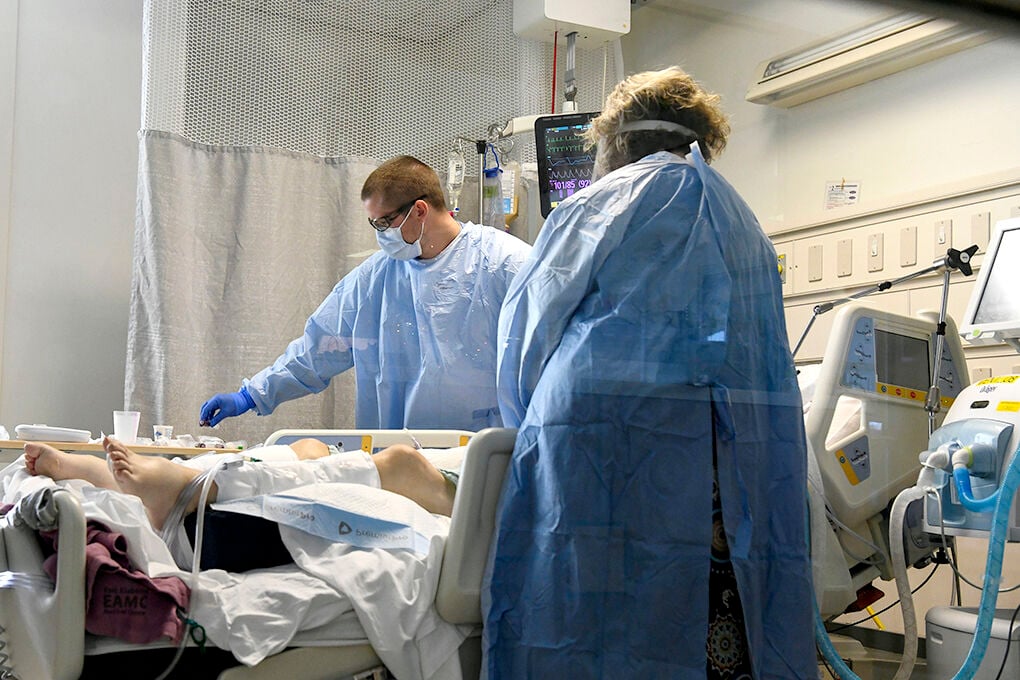
Taken together, we demonstrate that coinfection pathogenesis is related to complex host- and pathogen-mediated events impacting both epithelial and endothelial cell regulation at the alveolar-capillary barrier. Analysis of cytokine expression suggested that cytokine secretion might play an important role in coinfection pathogenesis. While less extensive in cocultured endothelial cells, coinfection resulted in changes to cellular stress response- and TLR-related signaling events. Host response modulation in coinfected alveolar epithelial cells were primarily related to TLR- and inflammatory response-mediated cell signaling events. Preinfection with pH1N1 resulted in modulation of adhesion- and invasion-associated MRSA virulence factors during lag phase bacterial replication. aureus (MRSA), we demonstrate that coinfection resulted in dysregulated barrier function.

Using 2009 pandemic influenza (pH1N1) and methicillin-resistant S. We have characterized host- and pathogen-centric mechanisms contributing to influenza-bacterial coinfections in a primary cell coculture model of the alveolar-capillary barrier.

While coinfections can result in deleterious pathologic consequences, including alveolar-capillary barrier disruption, the underlying mechanisms are poorly understood. Secondary bacterial infections, including Staphylococcus aureus, result in increased morbidity and mortality during seasonal epidemics and pandemics. Influenza viruses are a continual public health concern resulting in 3–5 million severe infections annually despite intense vaccination campaigns and messaging.


 0 kommentar(er)
0 kommentar(er)
